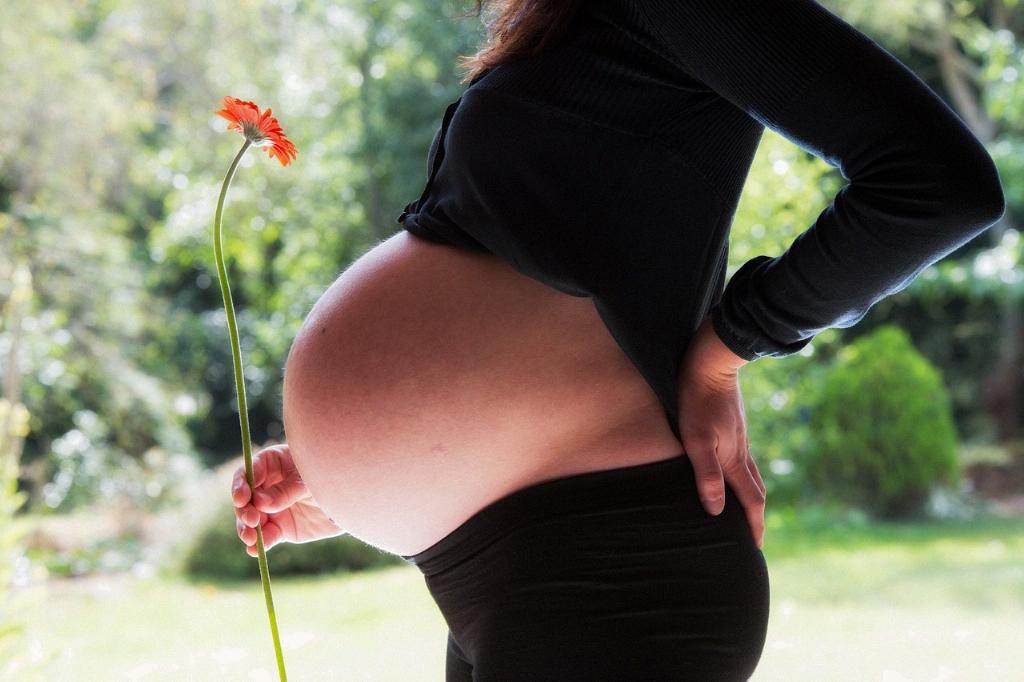In the vast world of Minecraft, the opportunity to experience the joys of parenthood is indeed a possibility. The game offers a unique and interactive way for players to raise a family within the virtual realm. By following a few simple steps and understanding the mechanics of village breeding, players can welcome a new addition to their Minecraft family.
Understanding Villager Breeding
When it comes to having a baby in Minecraft, village breeding plays a crucial role. Villagers must be well-fed to ensure a successful reproduction process. Providing villagers with a total of 14 food points, which can be achieved through various food items such as bread, potatoes, carrots, and beetroots, is essential to initiate the breeding process.
Creating the Perfect Environment
To encourage village breeding, it is important to create a suitable environment for the villagers. This includes building appropriate structures for them to reside in and ensuring that they have access to essential resources. By providing a comfortable and secure living space, villagers will feel safe to start a family.
Patience is Key
After fulfilling the necessary conditions for village breeding, patience is required as the process takes time to unfold. By leaving two well-fed villagers within a building and allowing them 20 minutes of privacy, players can witness the arrival of a baby villager. This magical moment captures the essence of family dynamics in the world of Minecraft.
Welcoming the Newborn
Once the baby villager makes its debut, it is essential to provide care and protection. Granting the newborn villager a bed ensures that they have a comfortable place to rest and grow. By nurturing the young villager, players can witness their development and watch as they become an integral part of the village community.
Building Strong Relationships
Family bonds play a significant role in Minecraft, just as they do in real life. By fostering strong relationships within the village, players can create a sense of unity and cooperation among the villagers. Encouraging interactions and communication strengthens the community and fosters a sense of belonging for all residents.
Embracing the Joys of Parenthood
Having a baby in Minecraft opens up a whole new world of possibilities for players. The joys of parenthood, the excitement of watching a baby grow, and the sense of responsibility that comes with caring for a newborn villager all add depth and meaning to the gameplay experience. It is a unique way to connect with the virtual world on a more personal level.
Creating Memories
Every moment spent raising a family in Minecraft is an opportunity to create lasting memories. From the first steps of the baby villager to their interactions with other members of the village, each experience is a chance to witness the beauty of life unfolding in the virtual world. These memories shape the narrative of the game and make each gameplay session more meaningful.
Exploring Parenting Dynamics
Parenting dynamics in Minecraft offer a unique perspective on family life. From teaching valuable skills to the baby villager to ensuring their well-being and safety, players have the opportunity to explore various aspects of parenthood within the game. This interactive experience adds depth to the gameplay and allows players to engage with themes of responsibility and care.
Conclusion
In conclusion, the answer to the question “Can You Have A Baby In Minecraft?” is a resounding yes. Through village breeding, creating a nurturing environment, and embracing the joys of parenthood, players can experience the wonders of raising a family within the virtual world of Minecraft. The process of having a baby in Minecraft adds a personal touch to the gameplay experience, allowing players to connect with the virtual world in a meaningful and engaging way.

